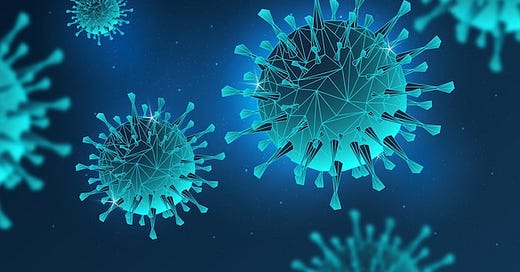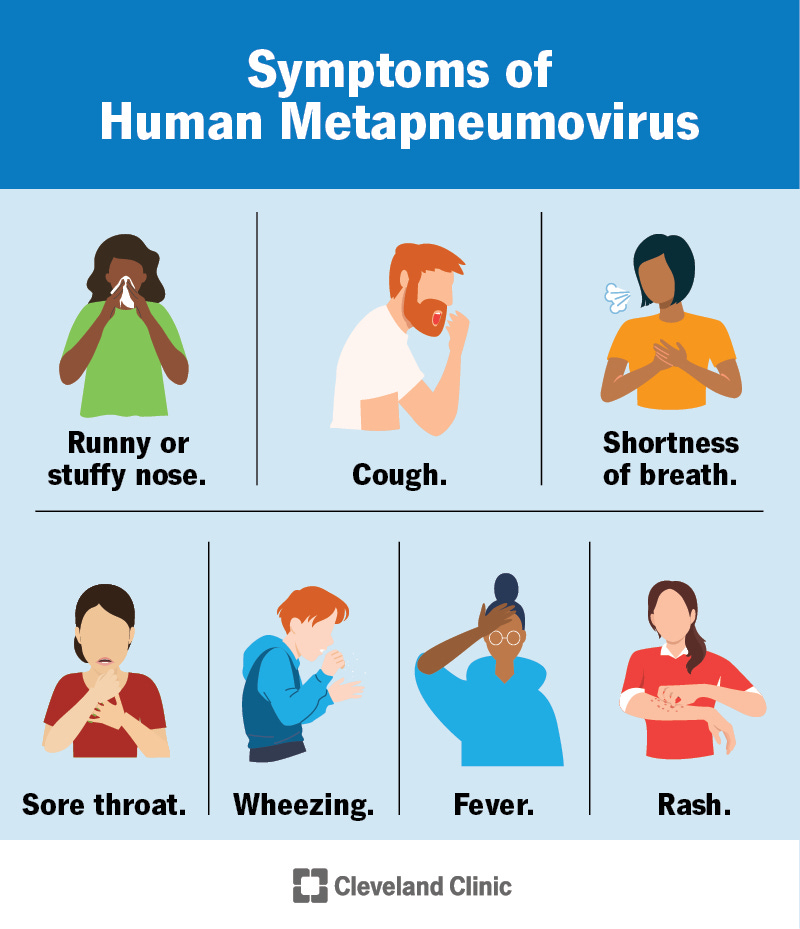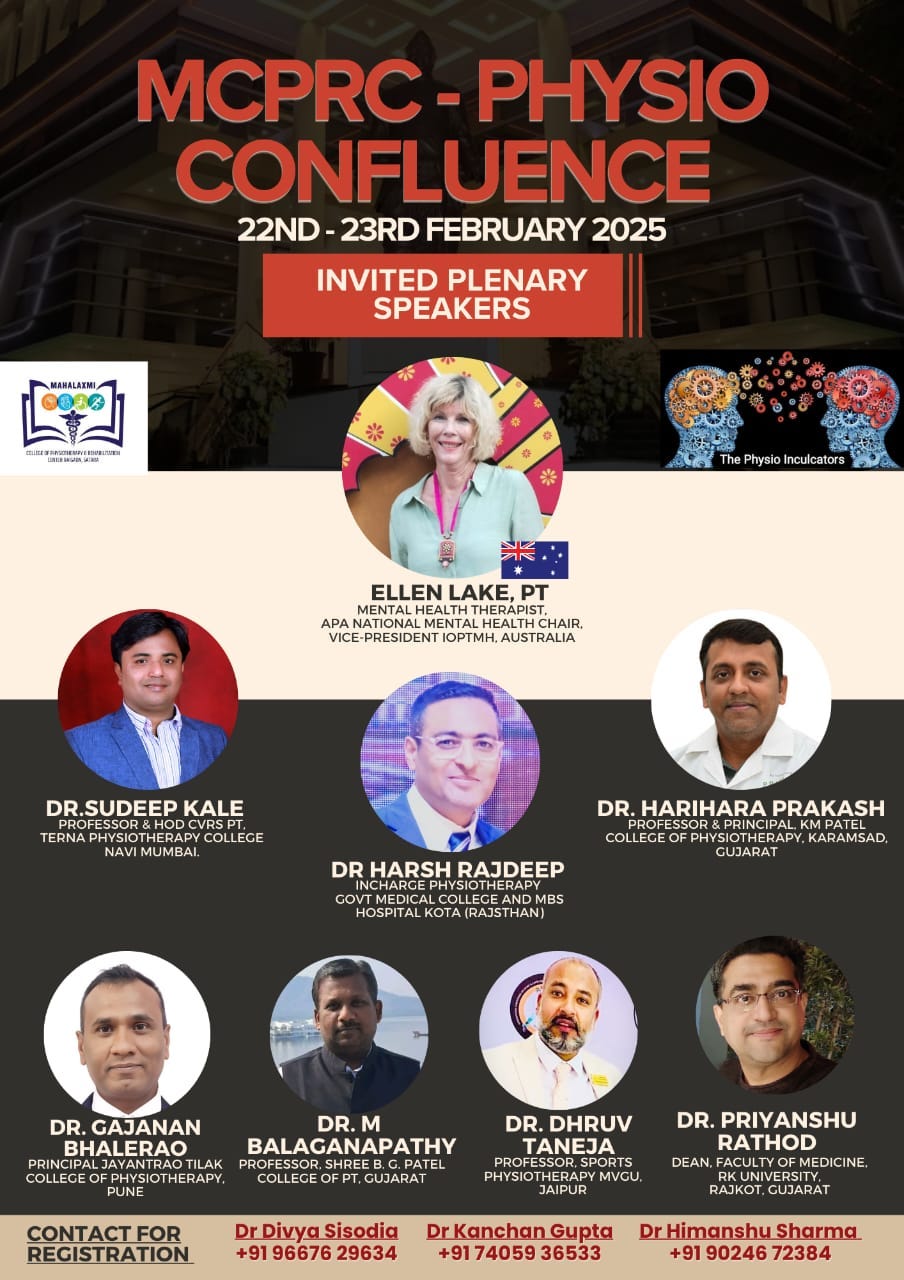Supporting Recovery in Human Metapneumovirus Outbreaks – Insights and Care Strategies
Physiotherapy Post | Vol. 3, Issue 58 | January 2025
Dear Readers,
Welcome to the First Issue of 2025!
As we step into a brand-new year, we wish all our readers a joyful and prosperous 2025. A new year brings new opportunities to learn, grow, and make meaningful impacts in the field of physiotherapy and healthcare.
In this issue of Physiotherapy Post, we address a pressing health concern that has surfaced in recent days: the surge in human metapneumovirus (HMPV) cases. This respiratory virus, which has drawn significant attention globally, particularly in China, is raising concerns due to its impact on vulnerable populations, including children and the elderly.
Our cover story this week, Supporting Recovery in Human Metapneumovirus Outbreaks – Insights and Care Strategies, delves into the essentials of HMPV, from understanding its transmission and symptoms to exploring physiotherapy’s role in aiding recovery. In times of respiratory distress, physiotherapists play a vital role in improving lung function, alleviating symptoms, and enhancing overall quality of life for affected individuals.
As we navigate the evolving health landscape, let us reaffirm our commitment to leveraging physiotherapy as a cornerstone of recovery and resilience. Together, we can face these challenges with knowledge, care, and innovation.
Here’s to a year of health, hope, and new beginnings.
Warm regards,
The Physiotherapy Post Team
Human metapneumovirus (HMPV) is a respiratory virus that causes mild infections similar to that caused by a common cold; children, the elderly and those with weakened immune systems are more susceptible to contracting it.
China's disease control authority recently announced the launch of a pilot monitoring system for pneumonia of unknown origin, anticipating a seasonal rise in respiratory illnesses during the winter months. According to a Reuters report, this initiative aims to help authorities develop protocols for managing unidentified pathogens. By mid-December, the country had already observed an increase in overall infections, with expectations of further respiratory outbreaks during the winter and spring. Among the identified pathogens showing a significant rise, particularly in northern provinces and among individuals under 14, was human metapneumovirus.
China is currently experiencing a surge in human metapneumovirus (HMPV) cases, raising concerns about a potential health crisis following the COVID-19 pandemic. Reports and social media updates highlight overcrowded hospitals, with some users suggesting the simultaneous presence of multiple viruses, including HMPV, influenza A, Mycoplasma pneumoniae, and COVID-19.
HMPV is a respiratory virus that causes flu-like symptoms and can lead to severe respiratory complications, particularly in children and other vulnerable populations. Here's a closer look at the virus and its impact:
How Does HMPV Spread?
HMPV spreads similarly to other respiratory viruses through:
Secretions from coughing and sneezing
Close personal contact, such as handshakes or physical touch
Contact with contaminated surfaces followed by touching the mouth, nose, or eyes
Who Is at Risk?
According to the CDC, the groups most vulnerable to HMPV include:
Young children
Older adults
Individuals with weakened immune systems
What Is HMPV and Why Is It a Concern in China?
HMPV is a respiratory virus known to cause both upper and lower respiratory tract infections. While it can affect people of all ages, young children, the elderly, and those with compromised immune systems are at greater risk. First identified in 2001, HMPV is currently drawing attention in China due to its rising case numbers, especially among children.
Symptoms of HMPV
HMPV symptoms often resemble those of the flu or other respiratory illnesses and may include:
Cough
Fever
Nasal congestion
Shortness of breath
In severe cases, the infection can lead to complications such as bronchitis or pneumonia. The virus typically has an incubation period of 3–6 days, with symptom severity and duration varying among individuals.
How to Prevent HMPV
Preventing human metapneumovirus (HMPV) involves adopting measures similar to those used against other respiratory illnesses. Key steps include:
Frequent Handwashing: Wash your hands with soap and water for at least 20 seconds regularly.
Avoid Face Touching: Refrain from touching your face with unwashed hands.
Maintain Distance: Keep a safe distance from individuals showing symptoms of illness.
Disinfect Surfaces: Regularly clean frequently touched objects like doorknobs and toys.
What to Do if You Have HMPV Symptoms
If you experience symptoms of HMPV or the common cold, these practices can help minimize the spread of the virus:
Cover Coughs and Sneezes: Use a tissue or your elbow to cover your mouth and nose to prevent spreading droplets.
Wash Hands Regularly: Clean your hands frequently with soap and water for at least 20 seconds.
Avoid Sharing Personal Items: Do not share utensils, cups, or other personal items to reduce transmission risk.
Stay Home: Rest and isolate yourself if you feel unwell to avoid infecting others.
Is There a Treatment or Vaccine for HMPV?
Currently, there is no specific antiviral treatment or vaccine for HMPV. Care for infected individuals focuses on relieving symptoms and preventing complications.
How Does HMPV Compare to COVID-19?
HMPV and COVID-19 share several characteristics:
Both cause respiratory symptoms like coughing, fever, congestion, sore throat, and shortness of breath.
Both spread through respiratory droplets.
Severe cases of either virus may require hospitalization.
However, HMPV typically peaks during winter and spring, while COVID-19 can spread year-round due to its evolving variants.
Insights and Trends
Studies indicate that HMPV cases surged in certain regions after COVID-19 restrictions were lifted. Prolonged lockdowns likely reduced exposure to common pathogens, weakening immunity and contributing to a rise in respiratory infections as precautions eased.
Role of Physiotherapy in Human Metapneumovirus (HMPV) Outbreaks
Physiotherapy plays a crucial role in the management and recovery of patients affected by Human Metapneumovirus (HMPV), particularly those experiencing severe respiratory complications. As a complementary approach to medical care, physiotherapy focuses on enhancing respiratory function, alleviating symptoms, and improving the overall quality of life.
Key Roles of Physiotherapy in HMPV Management
Respiratory Therapy
Techniques such as chest physiotherapy, postural drainage, and percussion help clear mucus from the lungs, improving ventilation and oxygenation.
Breathing exercises, including diaphragmatic and pursed-lip breathing, enhance lung function and reduce shortness of breath.
Improved Oxygenation
Physiotherapists work with patients to optimize oxygen delivery by improving lung capacity and addressing airway clearance issues.
Support for Severe Cases
For patients hospitalized with complications like pneumonia, physiotherapy aids in preventing atelectasis (lung collapse) and secondary infections.
Early mobilization strategies in critical care settings reduce the risk of deconditioning and improve recovery rates.
Strengthening and Rehabilitation
Tailored exercise programs help rebuild physical strength and endurance, particularly for patients weakened by prolonged illness.
Gradual reintroduction of physical activity improves energy levels and facilitates a return to daily activities.
Management of Long-Term Complications
For individuals with lingering respiratory symptoms post-HMPV infection, physiotherapists address issues like chronic cough and decreased lung capacity through targeted interventions.
Education and Prevention
Educating patients and caregivers on proper breathing techniques, infection prevention, and early signs of respiratory distress empowers them to manage symptoms effectively and prevent complications.
Pediatric Care
Given the higher susceptibility of children to HMPV, physiotherapists play a vital role in designing child-friendly respiratory therapies to alleviate symptoms and improve lung function.
Conclusion
While there is no specific antiviral treatment or vaccine for HMPV, physiotherapy serves as an essential component of the multidisciplinary care required to manage its impact. By focusing on respiratory health, rehabilitation, and patient education, physiotherapists help mitigate the virus's effects and promote recovery, especially in vulnerable populations.
News update:
1. After China, HMPV cases now rise in Malaysia; public asked to remain vigilant
Read more at: Link
2. HMPV China | China Dismisses HMPV Infections As 'Winter Occurrence', India Says 'Don't Panic'
Read more at: Link
3. Healthcare research links loneliness to morbidity and mortality
Read more at: Link
Upcoming event/s:
Thought of the Week:
If you have any questions or would like more personalised advice, feel free to reach out to our expert team at dr.aditisingh05@gmail.com.
Wishing you a vibrant and pain-free times ahead!
Warm regards,
Team Physiotherapy Post










